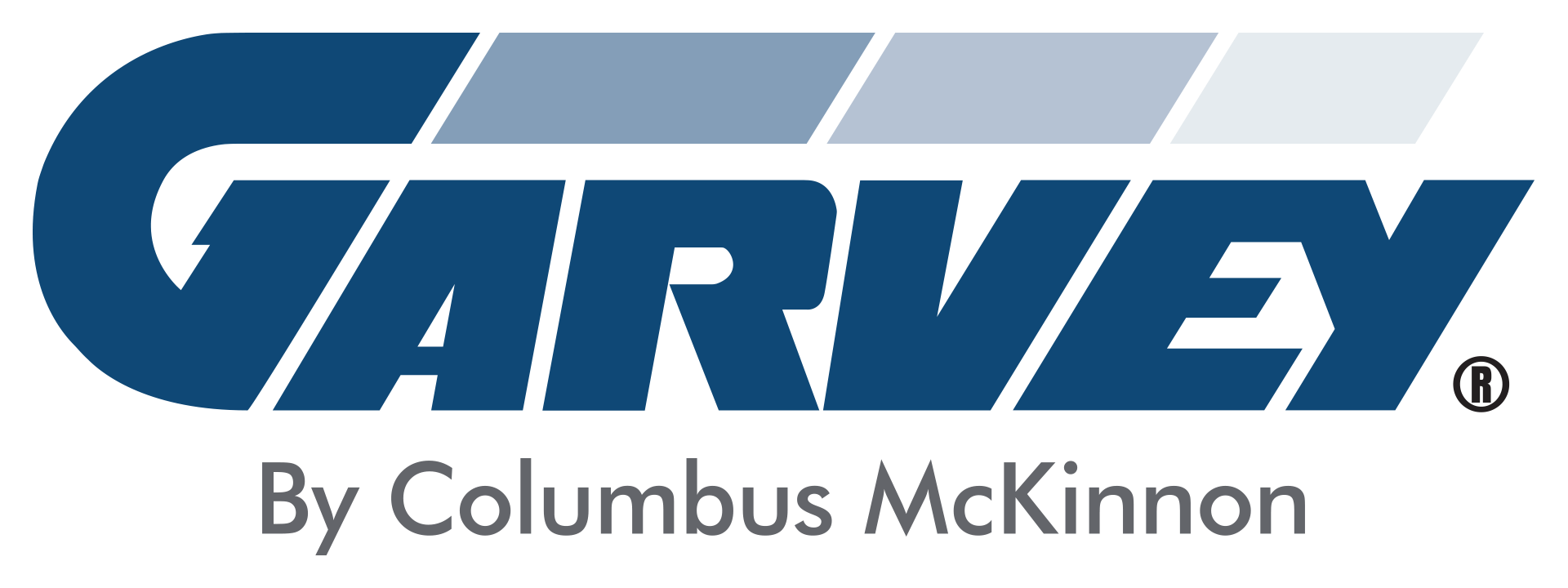It’s trends time! That fun part of the year where we all look into our crystal balls and try to predict what the coming year might bring.
We’ve been scouring the major packaging publications to see what the experts think. Some of our favorite predictions so far include an emphasis on sustainability, the rise of packaging specifically for e-commerce, and, of course, the increased use of Neo Mint, which is expected to be Pantone’s 2020 Color of the Year.
As packaging changes, so do packaging processes, and that often means an evolution of the equipment along packaging lines. Here are some of the things we think processors in the food, beverage, and personal care industries will be looking for from their equipment in 2020.
Flexibility / versatility + easy changeovers
This idea has made just about every packaging trends list we’ve seen so far.
In the food industry in particular, the days of a product being available in just one format are long gone. Just think about all of the different ways you can buy cheddar cheese — blocks, sliced, shredded, single-serve, etc. Today’s consumers want options that fit their needs at any given time, and processors are responding. According to L.E.K. Consulting’s 2019 Brand Owner Packaging Survey, 32% of brand owners are expanding their price-pack offerings.
Since processors can’t always dedicate a complete line to each format, they need equipment that’s versatile enough to accommodate them all. Related to this need is the requirement for fast and easy changeovers. This is the driver behind an increased interest in tool-less assembly and disassembly.
Higher efficiency and higher throughput
Packaging lines have typically been the first areas of a plant to benefit from new technologies like automation and digitalization. As a result, throughputs have been rising — in this year’s edition of Food Engineering’s State of Food Manufacturing Survey, 65% of processors said that their throughputs had increased over the past year.
As companies changeover their lines more frequently, which invariably entails additional downtime, it becomes even more important to maximize uptime when the lines are running.
Efficiency and throughput are inextricably linked — the higher the efficiency of your individual machines, the higher the throughput of your entire line. The reverse is also true — any machine that’s not operating at peak efficiency, or whose maximum rate of output is lower than the rest, drags down your throughput overall. That’s why improving the efficiency of the slowest machine on your line (aka the bottleneck, or the constraint) is the best way to boost your throughput overall.
For more information about efficiency and throughput, plus calculations you can use to determine how well your line is running, read our cornerstone article “What Is Throughput? (And Why You Should Care).”
Robotics
The use of robotics on manufacturing lines has grown significantly in the past five years, especially in packaging. PMMI’s 2019 Robotics Innovation 2 Implementation report found that robotics use has increased across the board compared to 2014:
- Processing: 27%, up from 10%
- Primary packaging: 53%, up from 44%
- Secondary packaging: 70%, up from 48%
- Transport packaging: 73%, up from 66%
A couple of key advancements are driving the uptick in robotics in the food industry in particular. First, robots are being designed to withstand hygienic washdown so that they can take on food contact jobs that they weren’t able to before. Also, collaborative robots, or cobots, are much more versatile and take up much less space than traditional robots. Finally, thanks to technological advances, robots can do more jobs, both faster and more accurately than they could in the past.
And there you have it! Our predictions for the biggest trends impacting packaging equipment next year. What do you see coming down the pike? Share your thoughts with us on social media: Facebook, Twitter, LinkedIn.




